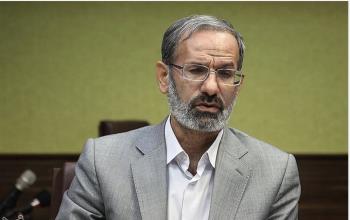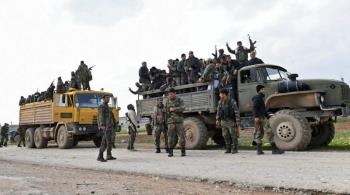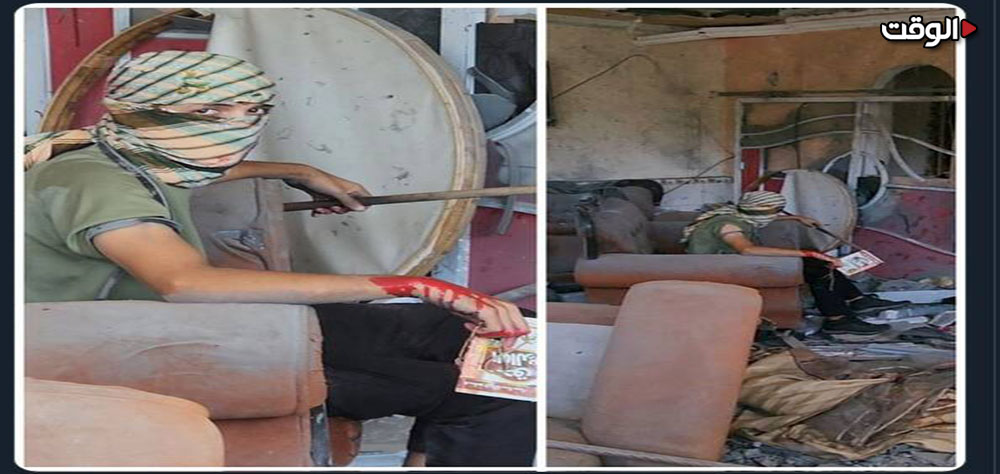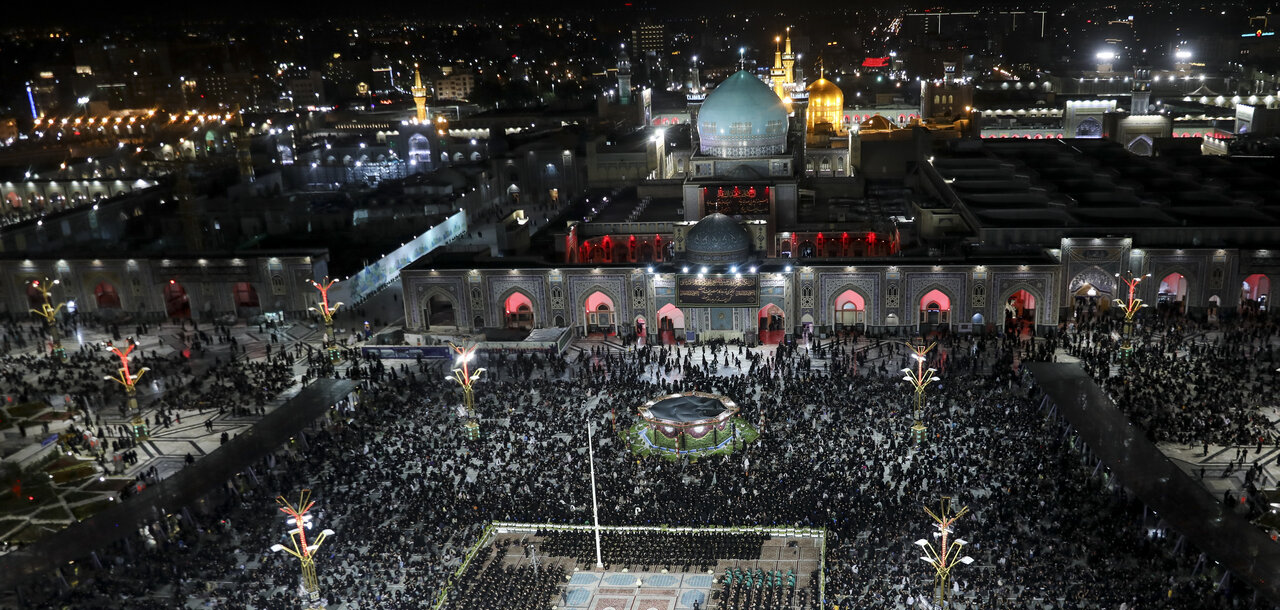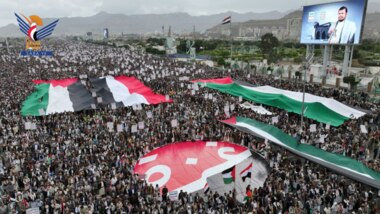Alwaght- At a time the Israeli regime intends to impose its demands on the Lebanese in negotiations through stepping up its airstrikes, Hezbollah is neutralizing the enemy's strategy by unveiling its new military capabilities, having changed the war equations in recent days.
Having refrained from using strategic arms at the beginning of war under framework of limited and controlled conflict, after assassination of its leaders and commanders and launch of massive Israeli attacks, Hezbollah began to unveil its strategic weapons one after another.
In this connection, the resistance movement unveiled a new ground-based cruise missile and air defense missile on Saturday. Hezbollah announced in a video that it had targeted the Hatzor air base east of Ashdod with a cruise missile on December 1.
Capabilities of Hezbollah's unknown arsenal
The new cruise and air defense missiles broke the news about Hezbollah's use of new unknown arms. There are no new details about these missiles which have recently entered the conflict equation, but the films that Hezbollah released of intercepting and destroying Israeli drones show that the destructive power of these missiles is high and, in other words, competes with the Iron Dome system.
The new cruise missile cannot be intercepted by the Israeli regime's defense systems because it flies close to the ground and can easily hit its target and completely destroy it.
Also, with the lack of air force by the Lebanese military, Hezbollah has been able to make the country's skies unsafe for enemy aircraft by unveiling anti-aircraft missiles, so much so that the "Item 358" air defense system has recorded significant success in a short period of time since it became operational and was able to destroy 20 Israeli drones.
Cruise and air defense missiles are only part of Hezbollah's missile arsenal. The War Information Center of Hezbollah also published images of the "Fadi 6" missile on November 13. According to the specifications mentioned in the video, this missile has a diameter of 302 mm and a warhead weight of 140 kilograms. The missile has a range of 225 kilometers and a total weight of 650 kilograms. Fadi 6 is a tactical surface-to-surface missile with low miss rate that is used to expand the range of operations deep into enemy territory. The Fadi 6 missile can be fired from fixed and mobile launchers and works with solid composite fuel. According to the Hezbollah War Information Center, the missile was commissioned in war against the Israeli regime on November 12. Solid-fuel missiles are considered to be among the most advanced weapons in the world today, and the technology to manufacture them is only available to a handful of military powers in the world.
In mid-November, Hezbollah also released a video clip in which it announced the specifications of its new missile, called "Jihad 2". This missile was used to target Israeli army positions. The warhead of this missile is 250 kilograms and its range reaches 20 kilometers. The missile is propelled by solid fuel and is surface-to-surface.
On the other hand, on November 9, Hezbollah's short-range missiles, called "Fateh 110", bypassed several Israeli army missile defense systems and targeted the Tserfin military base, which is the training center for Israeli military deep into the occupied territories.
Fateh 110 is a short-range ballistic missile, with a length of nearly 9 meters and a weight of about 3.5 tons, which can travel 300 kilometers. It has a warhead weighing 500 kilograms and hit accuracy of less than 10 meters. According to Hezbollah's military information office, the Fateh 110 missile is a surface-to-surface pinpoint missile. It also has high destructive power and can be fired from fixed or mobile launching pads. The movement said the missile uses solid fuel.
All of these missiles have been used to hit targets in the occupied territories in the past month and have caused extensive damage to the strategic cities of Tel Aviv Haifa and Galilee, indicating that Hezbollah's military power completely outmanuvers the complex Israeli defense network, and this superiority will become more noticeable as the war continues and more unveilings take place.
Element of surprise in Hezbollah's military discourse
Although the Israelis had always acknowledged Hezbollah's missile power before the war began, they did not have an accurate estimate of the movement's weapons arsenal, and everything they said was based on speculation. With a relative estimate of Hezbollah's military capabilities, they thought that they could eliminate a large part of the resistance's offensive power in a short time by carrying out extensive airstrikes on missile launch pads and assassinating its senior commanders, and in other words, they could defang Hezbollah at the very beginning of the war. However, by unveiling new weapons that were beyond the Israeli imagination, Hezbollah showed that it still had the element of surprise against the enemy and deprived the enemy's military strategists of the ability to predict the developments of the war.
Before the war began, Hezbollah sent a message to the enemy by unveiling the Imad 4 and 5 underground "missile cities", which house thousands of missiles with various capabilities, telling the enemy that the resistance's missile and drone arsenal, like a magic hat, can unveil many surprises.
Maintaining missile capability during the war and determining the terms of a ceasefire is of strategic importance, and Hezbollah’s extensive underground storage and launch facilities are therefore crucial to this strategy, as they enable them to store and launch missiles while reducing the risk of their discovery and destruction by the Israeli air force. By hiding missiles in fortified underground bunkers, Hezbollah can complicate Tel Aviv’s intelligence efforts to track, target, and destroy missiles. By building underground missile cities and protecting critical infrastructure, weapons depots, and command centers, Hezbollah neutralizes the enemy’s significant air superiority and limits its ability to gather intelligence on the resistance.
On the other hand, activating the air defense system shores up Hezbollah's deterrent position against Israel. Tel Aviv's military strategy often includes the threat of large-scale air strikes against Lebanon, so if Hezbollah can prove its ability to shoot down Israeli aircraft or at least upset the regime's air dominance, it will deter the Israelis from carrying out major attacks.
Gradual surprises in war of attrition strategy
Hezbollah's unveiling of new weapons and expansion of its operational range deep into the occupied territories proved that the movement is prepared for a long war and, knowing the enemy's weakness in engaging in a war of attrition, it has designed its military strategy accordingly.
Increasing casualties among the enemy's ground forces, preventing the establishment of a military presence in occupied positions on the border, damaging the regime's economic and logistical backlog, especially in important commercial centers such as ports, and taking advantage of the weakness caused by the lack of strategic depth and gradually involving all the occupied territories in a security crisis with missile and drone attacks are the main parts of the strategy of the war of attrition in order to neutralize the enemy's tangible military, logistical, and equipment superiority.
The success of this strategy has already shown its signs. After the initial Israeli taunting following the pager attack and the assassination of Sayyed Hassan Nasrallah, criticism against the Israeli cabinet has increased due to the failure to fulfill the promise of the return of the displaced settlers to the northern cities after two months of war. According to reports, Tel Aviv leaders have reached out to the US to save the regime from its self-created swamp by brokering a ceasefire agreement as soon as possible.
Netanyahu and his friends know that a long battle with Hezbollah will cost Tel Aviv dearly, as multiple fronts are opening up against the occupied territories. The daily landing of dozens of Hezbollah rockets in Israeli settlements has disrupted the daily life of Israelis, forcing them to spend many hours a day in shelters. According to local officials in Haifa, the city has become a Hezbollah rocket arena, with all factories and even shops closed and more than half of Haifa's residents having left their homes and gone to other areas.
New Hezbollah chief Sheikh Naim Qassem last week in a speech warned that this movement is "ready for long battle" and attacks on Beirut will be responded to in Tel Aviv and the enemy has no escape way of resistance attacks.
On the other hand, as the war in Lebanon continues, the number of attacks by Iraqi and Yemeni resistance groups against the occupied territories has also expanded. Over the past year, Yemen's Ansarallah has dealt a heavy economic blow to the regime by stopping the passage of Israeli ships in the Red Sea, and if the maritime blockade continues, Israel will further go under the wringer.
Weakening the enemy morale
Another goal that Hezbollah pursues in gradually unveiling its advanced weapons capabilities is to win the psychological and propaganda war campaign, which is parallel to the active military war and is effective as a result.
The assassination of Hezbollah spokesman and media chief Mohammad Afif by the Israeli army last week shows the importance and effectiveness of the propaganda war, which Hezbollah has been able to manage well.
Actually, every time the Israeli leaders talk about destroying the resistance's military capabilities in order to address the security concerns of the settlers, Hezbollah, with a complex operation and by unveiling new and more advanced weapons, shatters the enemy's propaganda.
The latest poll results in the occupied territories show that 82 percent of Israelis believe that the security conditions are unsuitable for the displaced northern settlers to return home.
The despair of the settlers due to the frequent wars has caused them to lose trust in their leaders. A poll published by the Israeli Channel 12 television on Saturday suggests that about 64 percent of Israelis do not trust the way Netanyahu's cabinet is governing the occupied territories in the shadow of the war. The settlers blame Netanyahu as the main culprit of a crisis in the occupied territories who has endangered their security for his own personal interests, and as a result no day goes without people protesting his government.
In addition to Israeli citizens, the Israeli military is also struggling with catastrophic conditions. Reports published about the mental health of Israeli soldiers returning from the Lebanon war show that thousands of them are facing mental and psychological problems and are unwilling to return to the battlefield.
Yedioth Aharonot reported on Friday that at least six Israeli soldiers have committed suicide in recent months, in a report on the fragile mental state of soldiers suffering from post-traumatic stress disorder due to the fighting in Gaza and Lebanon.
The newspaper added that the soldiers who committed suicide were among those who had fought for long months in Gaza and Lebanon. It held that the figures are faked by the army. The military refuses to publish complete statistics or the total number of soldiers who have attempted suicide.
According to a report published by Redeployment Office of Israeli Defense Ministry and Times of Israel, about 5,200 Israeli soldiers or 43 percent of the injured people hosted by rehabilitation centers suffer from post-traumatic stress disorder. It is predicted that 100,000 soldiers undergo treatment process and at least half of them will suffer from this disorder by 2030.

